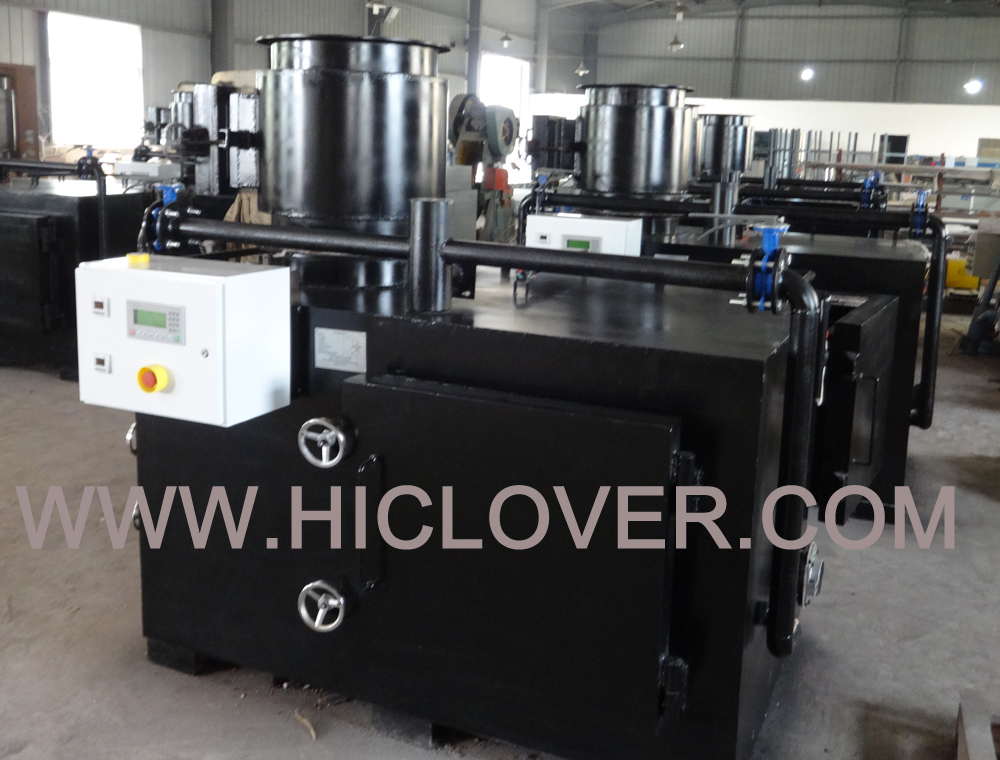Incineration is a waste management technique that involves burning of various types of waste materials to produce heat, steam, and electricity. In recent years, there has been a rising concern about the environmental impact of incinerators and their potential contribution to air pollution. As a result, there has been a growing interest in identifying the most environmentally friendly option for waste incineration. In this article, we will take an in-depth look at the various types of incinerators and determine which option is the most sustainable and eco-friendly.
There are several types of incinerators, each with its own unique features and environmental considerations. Some of the most common types of incinerators include mass burn, modular, rotary kiln, fluidized bed, and moving grate incinerators. Each of these technologies has its own set of pros and cons in terms of environmental impact, energy efficiency, and waste treatment capabilities.
Mass burn incinerators are the most common type of waste-to-energy facilities and are designed to burn waste at high temperatures, typically ranging from 850 to 1200 degrees Celsius. This type of incinerator can handle a wide range of waste materials, including municipal solid waste, and is capable of generating electricity through steam turbines. However, mass burn incinerators are known for their high emissions of air pollutants, such as dioxins, furans, and heavy metals, which can have detrimental effects on human health and the environment.
Modular incinerators are smaller, portable units that are often used for the treatment of medical and hazardous waste. These incinerators are equipped with advanced pollution control systems to minimize emissions and are generally considered to be more environmentally friendly than mass burn incinerators. However, the high operating and maintenance costs associated with modular incinerators can make them less financially viable for waste management purposes.
Rotary kiln incinerators are designed to handle hazardous waste and industrial waste streams at high temperatures. This type of incinerator operates by rotating the waste materials within a refractory-lined drum, allowing for efficient and complete combustion. While rotary kiln incinerators are effective in treating a wide range of waste materials, they require significant amounts of energy and have the potential to produce harmful emissions if not properly controlled.
Fluidized bed incinerators use a bed of inert particles, such as sand or alumina, to support and move the waste materials while they are combusted. This technology offers the advantage of low emissions and high energy efficiency, making it a more environmentally friendly option compared to other types of incinerators. However, fluidized bed incinerators require careful monitoring and maintenance to ensure optimal performance and proper waste treatment.
Moving grate incinerators are commonly used for the combustion of municipal solid waste and industrial waste. This type of incinerator utilizes a moving grate to transport waste materials through the combustion chamber, allowing for efficient and controlled incineration. Moving grate incinerators are known for their reliability and ability to generate electricity, but they also produce emissions that may pose environmental and health risks if not effectively managed.
In summary, there are various types of incinerators available for waste management, each with its own set of environmental considerations. While incineration can provide a viable solution for waste treatment and energy generation, it is essential to consider the potential environmental impact of each incineration technology. In terms of environmental friendliness, fluidized bed incinerators are generally considered to be the most sustainable option due to their low emissions and high energy efficiency. However, it is crucial to implement strict pollution control measures and monitoring systems to ensure that incinerators operate in an environmentally responsible manner. By carefully evaluating the environmental impact of incineration technologies, we can work towards a more sustainable and eco-friendly waste management solution.



